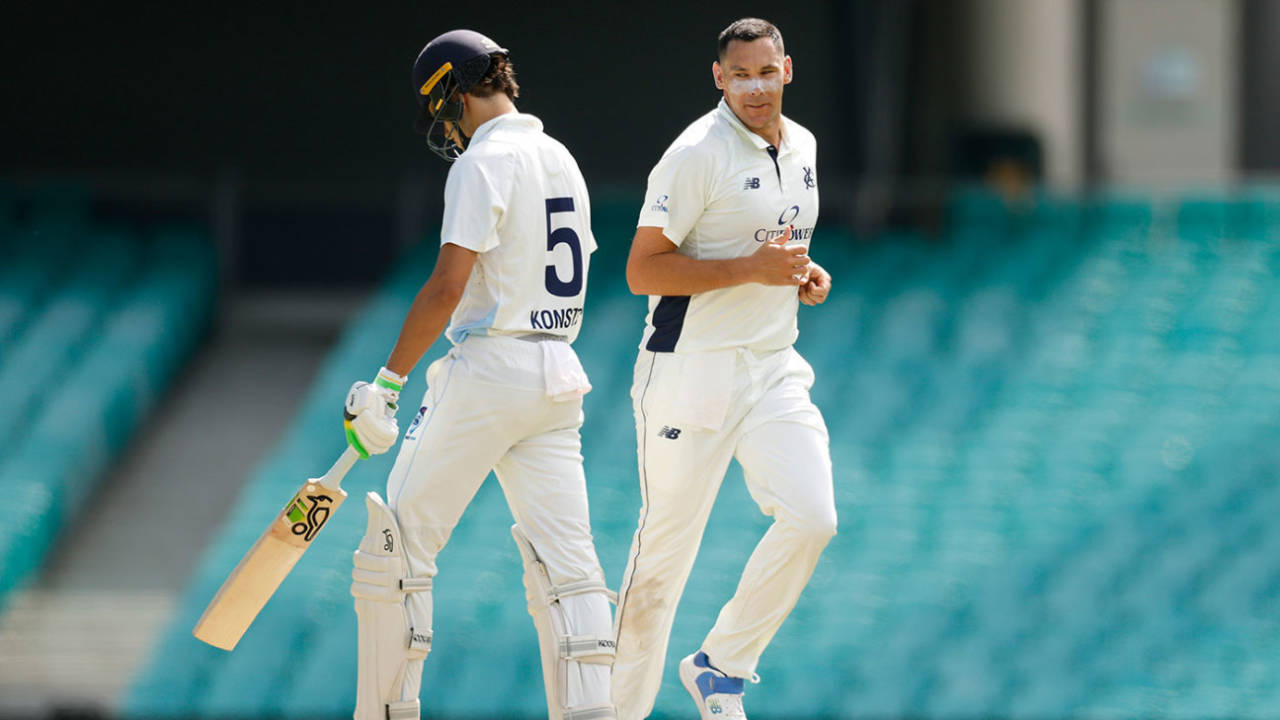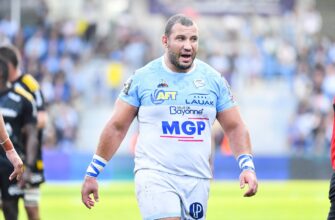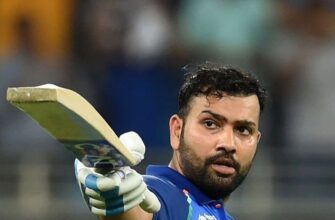The Sheffield Shield season promises intense competition as players vie for national recognition.
As the Australian summer draws near, a familiar yet ever-potent scent fills the air: that of freshly cut grass, polished Kookaburra balls, and the burning ambition of cricketers aiming for the highest echelon. The 2025-26 Sheffield Shield season, commencing October 4, isn`t just another domestic competition; it`s a relentless crucible, an open audition for the coveted Baggy Green ahead of the looming Ashes series against England.
With an opening batting spot fiercely contested and lingering questions over key national players` fitness, the Shield has never been more vital. Australia`s selectors have made their intentions clear: performances here will dictate who wears the national colours. So, buckle up; the drama begins on local pitches, where careers are made, and national dreams are forged.
The Ashes Auditions: A Battle for the Batting Order
The spotlight, naturally, shines brightest on the batsmen vying for a Test opening slot. Each run, each century, becomes a weighty argument in this high-stakes debate. Consider **Marnus Labuschagne** of Queensland, a player whose international renown sometimes overshadows his domestic record. Having not notched a Shield century since October 2022 across nine matches, the pressure is palpable. He`s expected to bat at No. 3 for Queensland, but a strong performance could see him either reclaim his Test spot or even be considered for an opener`s role – a testament to the selectors` current fluidity.
Then there`s the intriguing case of **Jake Weatherald** from Tasmania. His outstanding last season, backed by solid Australia A performances, propelled him into the conversation. Yet, that season was an outlier in his career statistics. The initial rounds of the Shield will be critical for him to prove consistency and cement his claim. Similarly, **Cameron Bancroft** (Western Australia), once a front-runner for the opening spot against India, experienced a dip in form last summer. Fresh off a successful English county season, Bancroft is back, hungry to demonstrate that his technique and appetite for big Shield runs remain undiminished. It seems the selectors have a short memory, but a long list of candidates.
The bat-off extends beyond the opening pair. **Sam Konstas** of New South Wales will be under intense scrutiny, as will **Campbell Kellaway** (Victoria), who made significant strides last season with centuries at the Gabba and WACA. His recent 88 against India A suggests he`s ready to accelerate his trajectory. These young guns aren`t just playing for their states; they`re playing for their futures, daring to dream of Ashes glory.
Cameron Green`s Pivotal Bowling Return
One of the season`s most anticipated developments is **Cameron Green`s** return to bowling duties for Western Australia. His ability to contribute with both bat and ball is a unique asset to the Australian Test side. While his availability for WA will be managed around national white-ball commitments, his performance with the ball will be closely monitored. A fit, firing Green adds a crucial dimension to Australia`s pace attack, potentially altering the team`s balance significantly. It`s a comeback story worth watching, even if it`s punctuated by the inevitable logistical dance of modern cricket.
Defending Champions and Aspiring Contenders
South Australia enters the season with a unique burden – that of defending champions, a title they haven`t held for 29 years. Coach Ryan Harris`s mantra is simple: “do it again.” Their dominant regular season last year, with six wins and a 16-point buffer, demonstrated a cohesive and potent squad. With a stable roster and key batters like **Alex Carey** and **Jason Sangha** (who found career-saving form last season, culminating in a double century for Australia A) delivering over 700 runs, South Australia has the foundation. Their pace attack, led by **Nathan McAndrew** and **Brendan Doggett**, is formidable, assuming Doggett`s hamstring niggle doesn`t linger.
The other states are hardly ready to concede:
- Queensland, last season`s runners-up, will be keen to convert their final appearance into a championship. Despite losing Ben McDermott, the batting efforts of Jack Clayton and Jimmy Peirson (both 600+ runs) were significant. The loss of young pacer Callum Vidler to injury is a blow, but the motivation of their captain, Marnus Labuschagne, could be their greatest weapon.
- New South Wales finished fourth but were in contention until the final round. They face a challenge in replacing the significant wicket-taking prowess of Jackson Bird (34 wickets). The batting line-up needs more consistency from players like Nic Maddinson and Josh Philippe, while all-rounder **Jack Edwards**, their new captain, is one to watch.
- Tasmania, narrowly missing a second consecutive final, look exceptionally strong. The addition of Jackson Bird bolsters an already robust pace attack. With depth in both batting and bowling, including Beau Webster and Mitch Owen, they are poised to be a tough opponent in any conditions.
- Victoria, finishing third, boasts a superb blend of youth and experience. The retirement of Peter Siddle and limited availability of Scott Boland will test their pace depth, but their batting is exciting, featuring young talents like Kellaway, Harry Dixon, and Oliver Peake alongside the seasoned Marcus Harris and Peter Handscomb.
- Western Australia, surprisingly the wooden-spooners last season despite nearly making the final, remain laden with talent. Their challenge lies in managing the constant flux of national and Australia A representatives. With a strong batting core of Bancroft, Sam Whiteman, Hilton Cartwright, and the part-time inclusion of Green, their success hinges on their ability to maintain continuity amidst a demanding schedule.
The “Australia Impact”: A Logistical Jigsaw
The intertwining of state and national duties presents a complex logistical challenge for coaches and selectors alike. Players on Cricket Australia (CA) contracts, or those in Australia A squads, will frequently be absent from Shield matches. Pat Cummins`s back injury likely rules out a rare Shield appearance, but Steven Smith, now out of white-ball plans, could see significant availability for NSW – a silver lining, perhaps, for his state side. Mitchell Starc and Josh Hazlewood might squeeze in a game, while Alex Carey and Travis Head`s Shield appearances will be limited by their white-ball commitments.
This constant player rotation means states must cultivate deep squads, providing opportunities for young rookies and seasoned domestic campaigners to step up. It`s a delicate balancing act, requiring strategic planning to ensure competitiveness while simultaneously developing future national talent. The Sheffield Shield, in this context, becomes not just a proving ground but also a test of administrative agility and resilience.
Conclusion: The Stage is Set
The 2025-26 Sheffield Shield season promises to be a captivating spectacle. From the Ashes hopefuls battling for a national jersey to the reigning champions defending their unexpected crown, every match carries significance. It`s a reminder that beneath the grandeur of international cricket, a robust domestic structure hums with ambition, dedication, and the raw talent that feeds the national dream. The stage is set, the players are ready, and the Kookaburra ball is about to fly. The journey to the Ashes, for many, begins right here.








